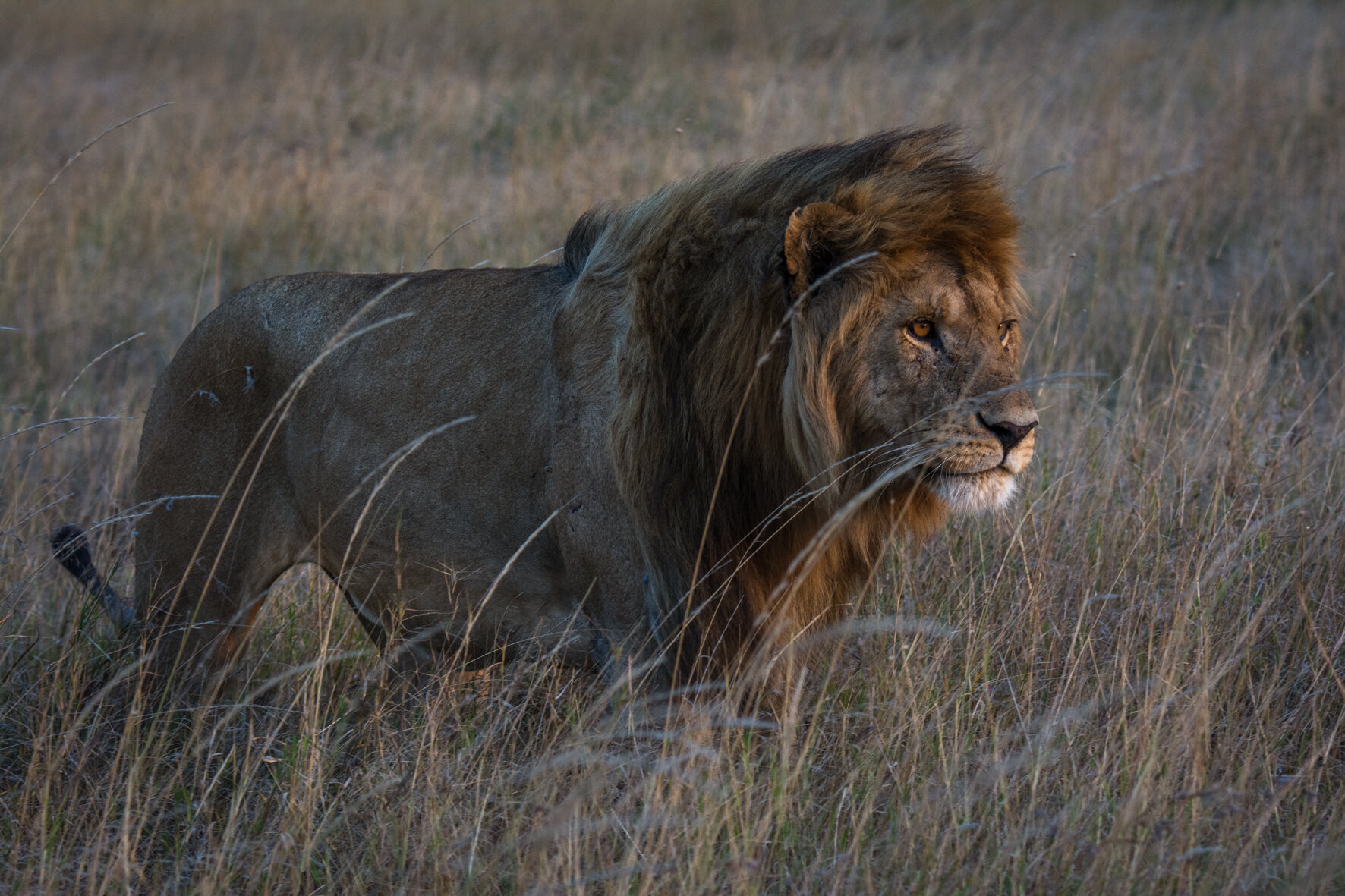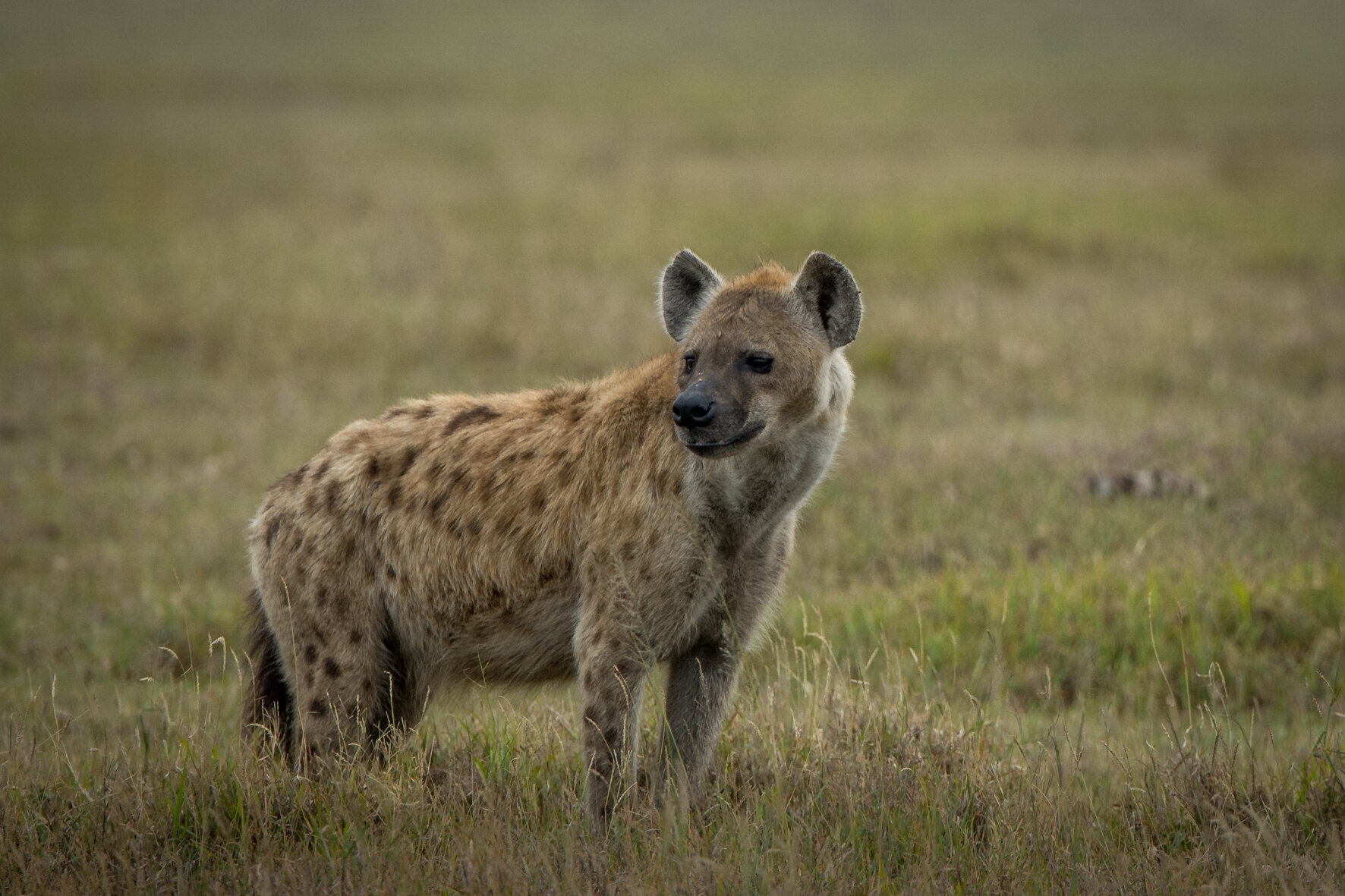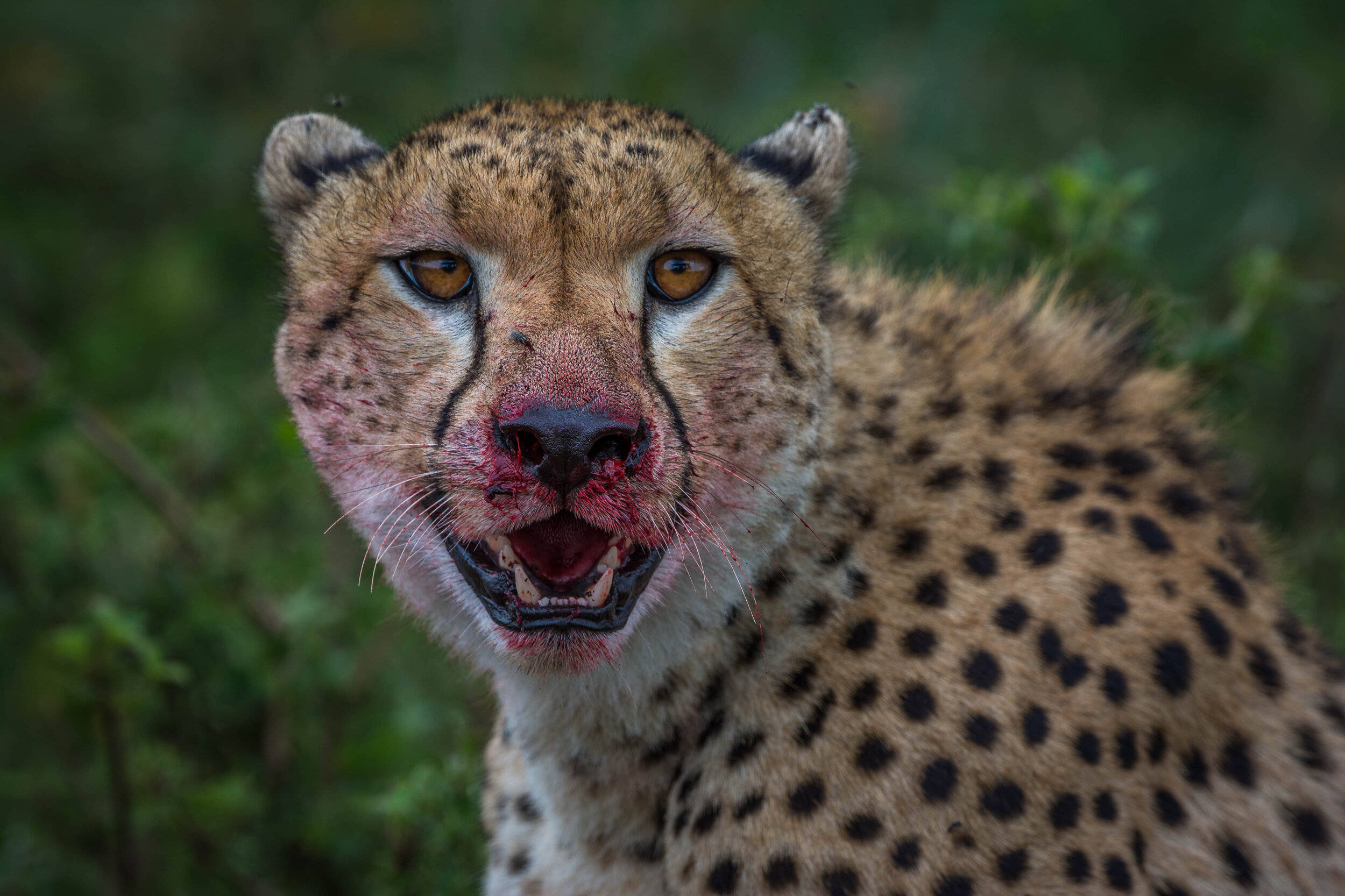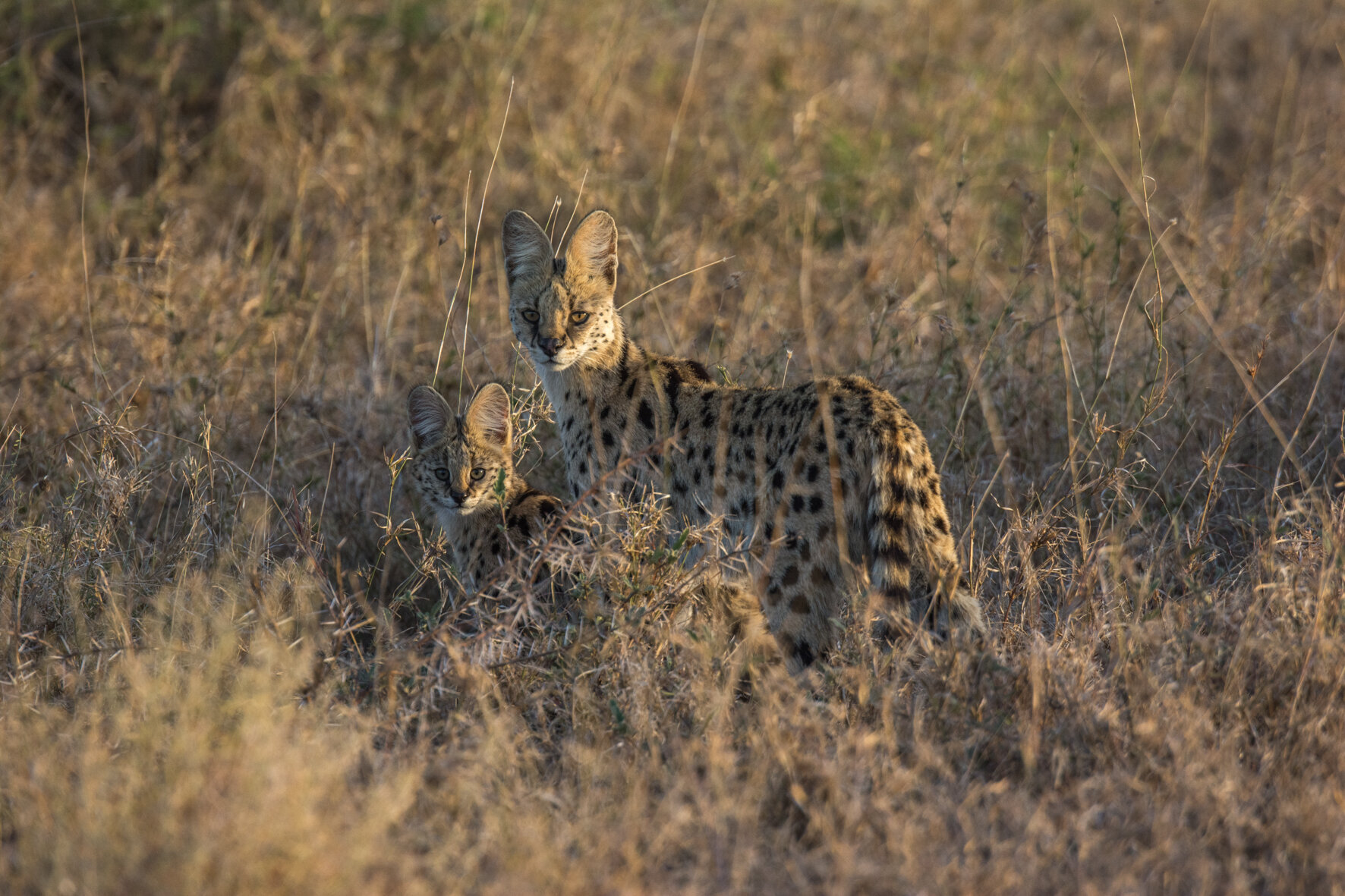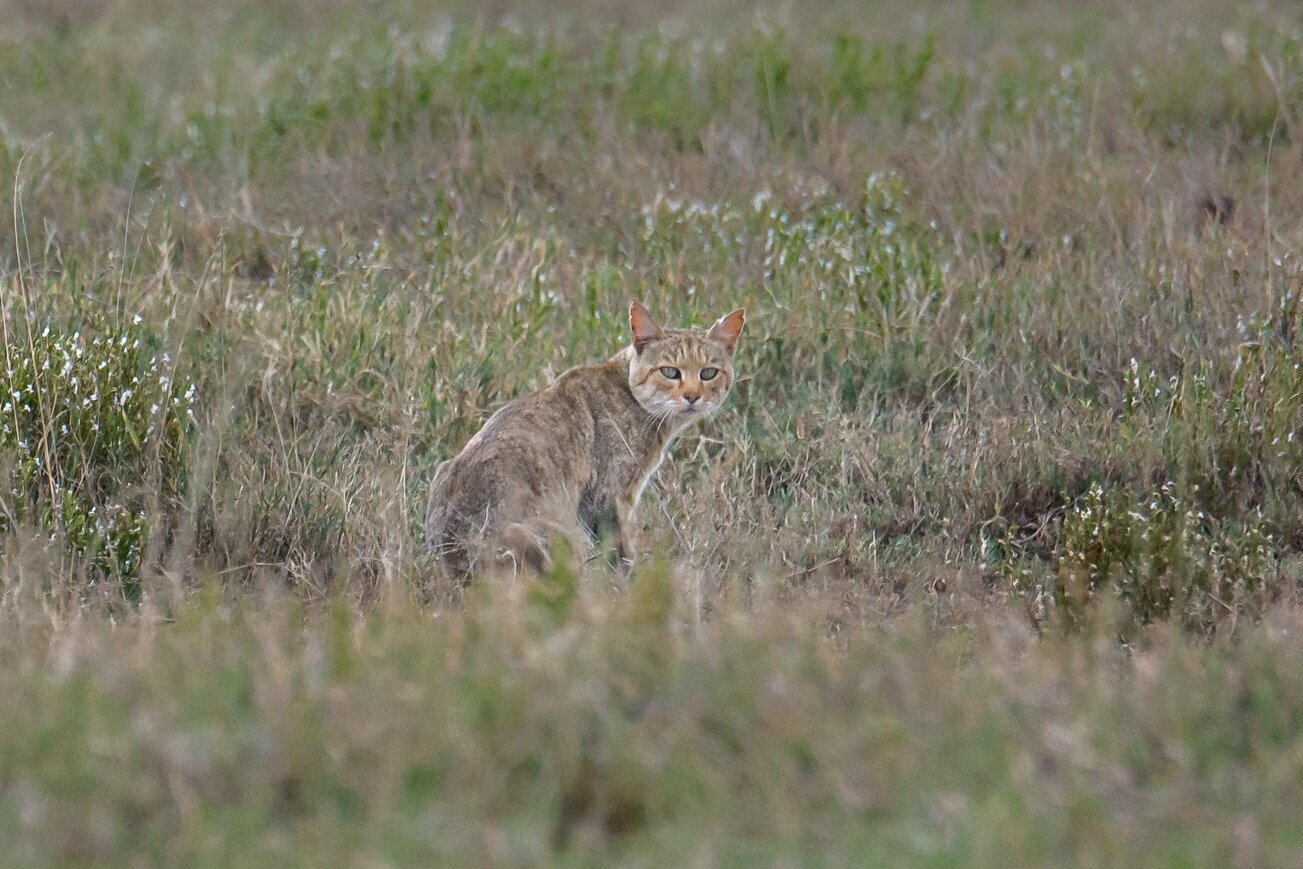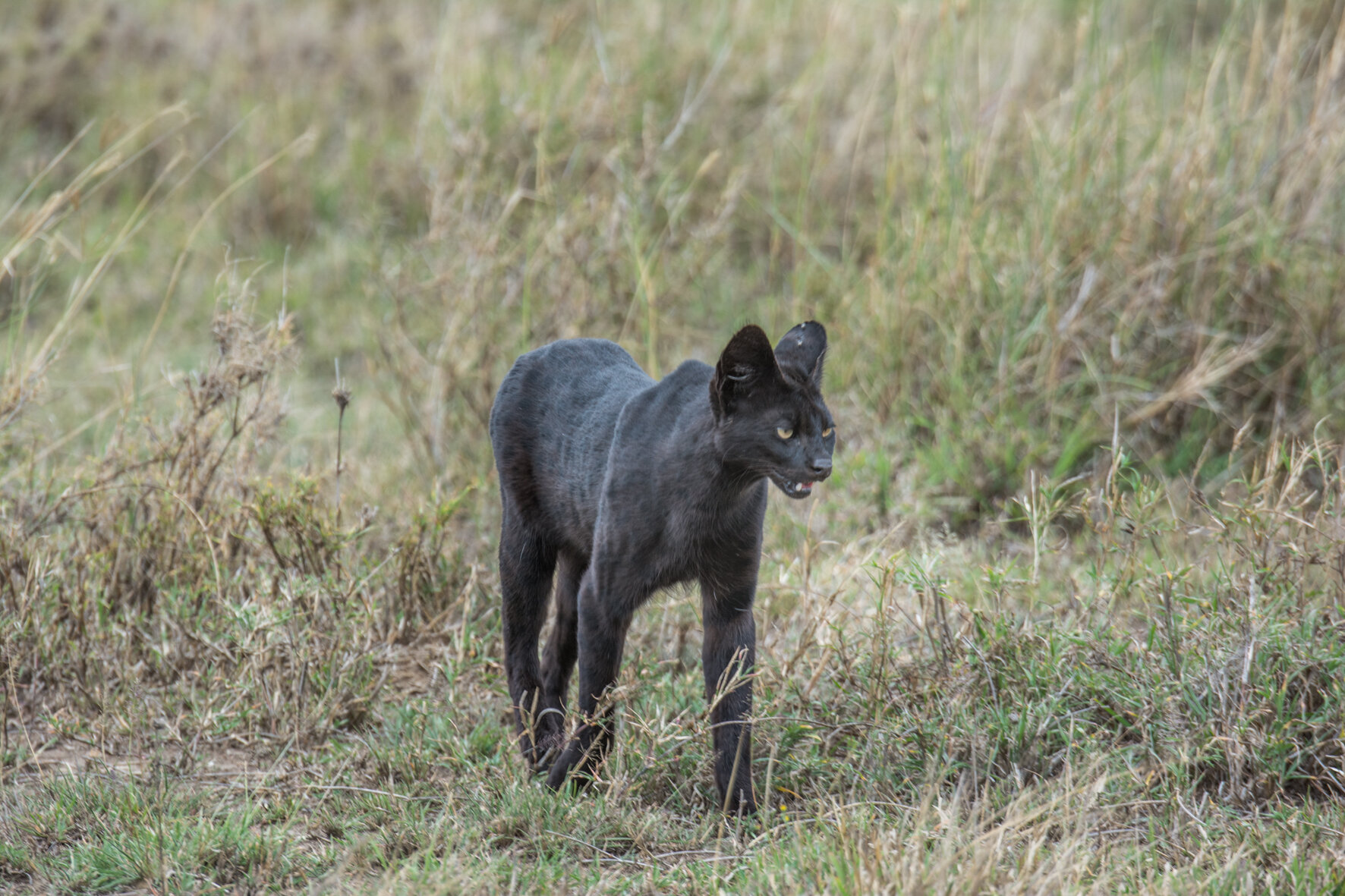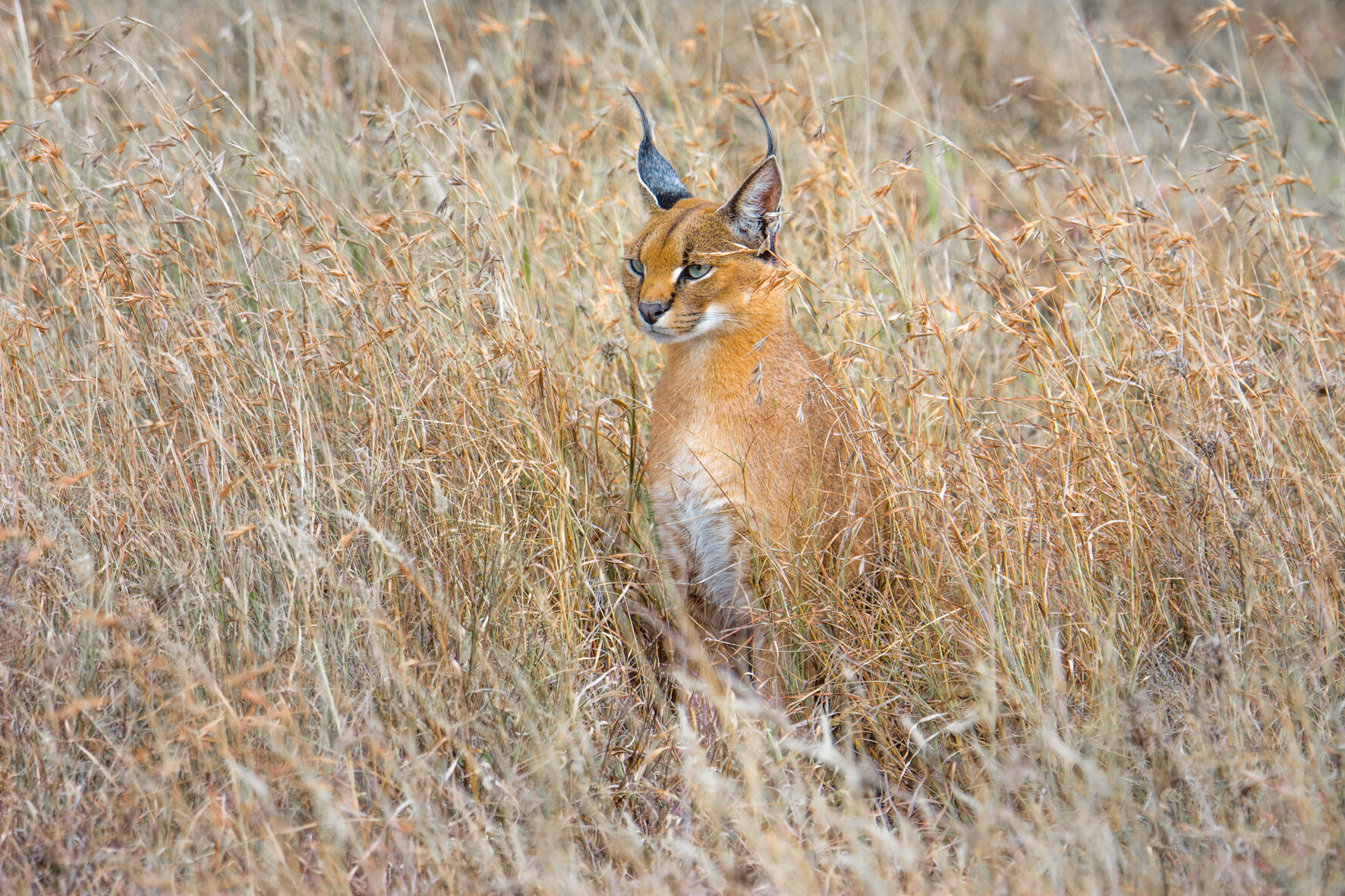A learning safari experience with me in the short grass plains of the Serengeti
During this last year opportunities to travel have been limited. People have suffered, wild places have suffered, we all have. Now it seems a bit of light is getting visible at the end of the tunnel. Now is the time to start dreaming again.
The Great Migration is many things. It is the marching beasts in the west, the crossing ones in the north, but at the core is the calving in the south east. The need of water and the need of good pasture cross perfectly in only one place and only during one period; the short grass plains of the Serengeti between February and March.
To understand this place a full, total immersion is needed, and that is why together with Matembezi we are organizing a very special safari of seven days in this wonderful area.We have put together an adventure built to give a deep understanding of this fundamental area in the Serengeti ecosystem. It is a learning safari leaning towards a training experience. The journey will not only be led by professional guides but by some of the best known guide trainers in East Africa. Based out of the Matembezi classic mobile camp, every day will be a voyage of discovery in this incredible ecosystem. It is a unique, unrepeatable offer to bring colors back after so many grey months
The short grass plains of the Serengeti are an incredible place. The south-east of the park harbors a unique environment, made of few woodlands, vast open grasslands and huge granite boulders that emerge from the ground as islands in a sea of grass. The richness of the soil generates very palatable grass that the big migrating herds seek. February and March is the calving time of wildebeest, and the minerals in the grass grant them the better chance of calf survival.
After many months of emptiness, the plains are filled again, as are the stomachs of the many predators that struggled for so long. Lions, Cheetahs, Hyenas, Leopards and Jackals enter a time of plenty and they need to take advantage. The herds roam this area extensively, there may be fifty thousand wildebeest in one place today and none the next, big predators need to be alert.
There are other predators too, that do not really rely on the herds to thrive. They rely on much smaller but extremely abundant prey such as rodents and birds that in turn rely on the huge seed production of this endless grassland. Servals, Caracals and Wild Cats spoil this abundance, and albeit difficult to see, are present in numbers and often active in daytime. Incredibly even a rare melanistic Serval is sometimes spotted on the plains.
Wildebeest, Thompson Gazelles, Zebras, Eland all migrate down here. They all, with different individual movements, enrich this vastness with their presence during the rains. Two million and more animals, eight million and more hooves that stomp the ground in an essential yearly event for these lands.
Come and join me in this exploration, something about understanding and not merely looking.




